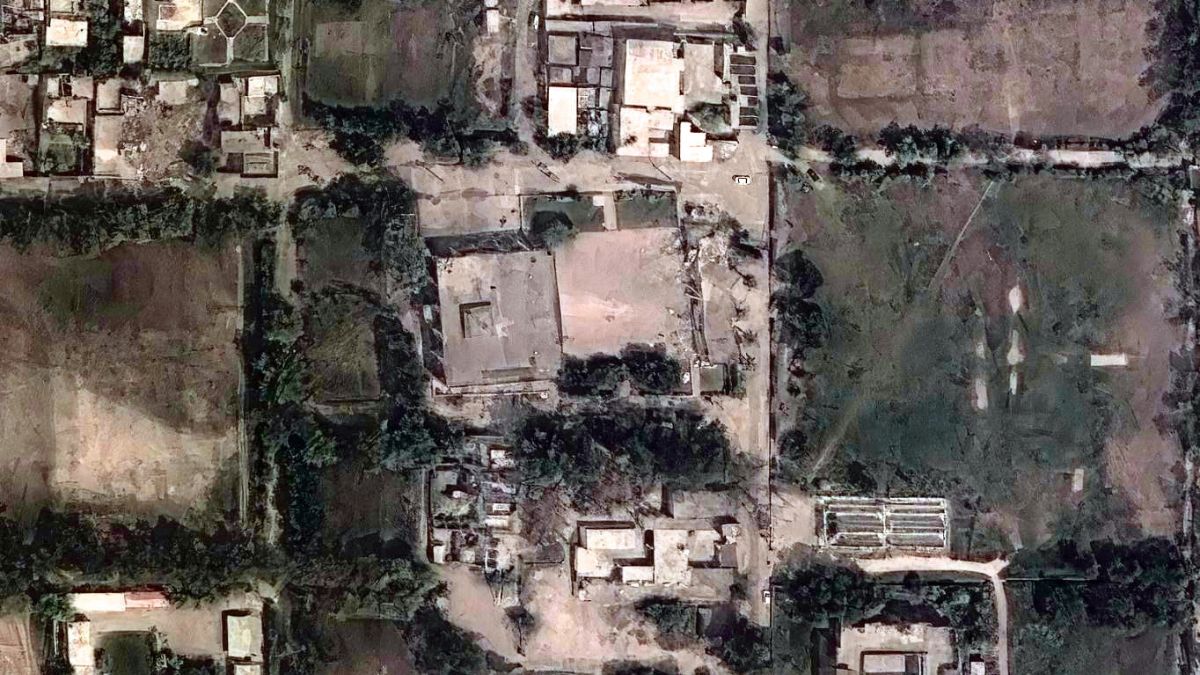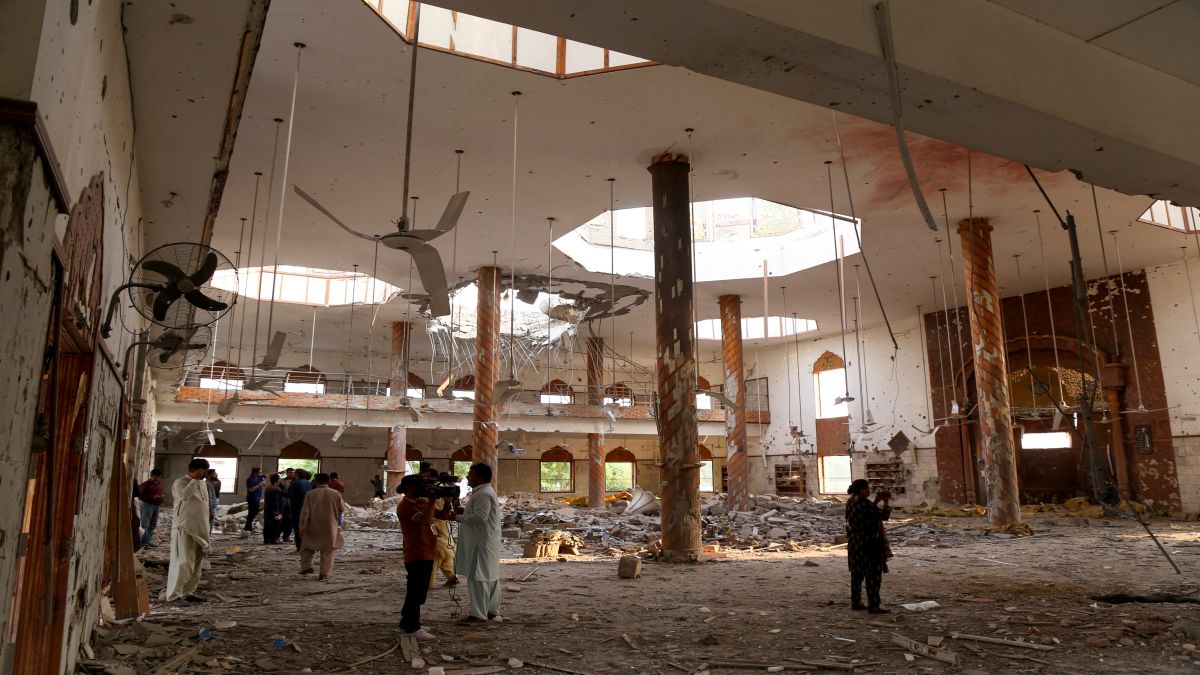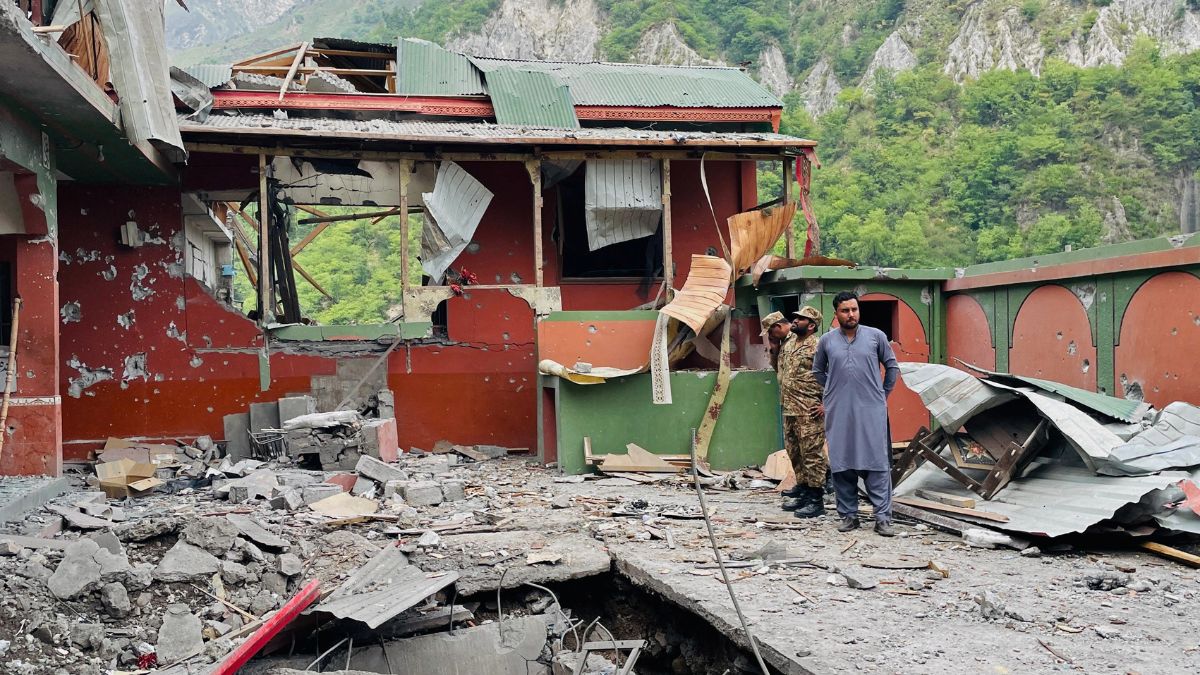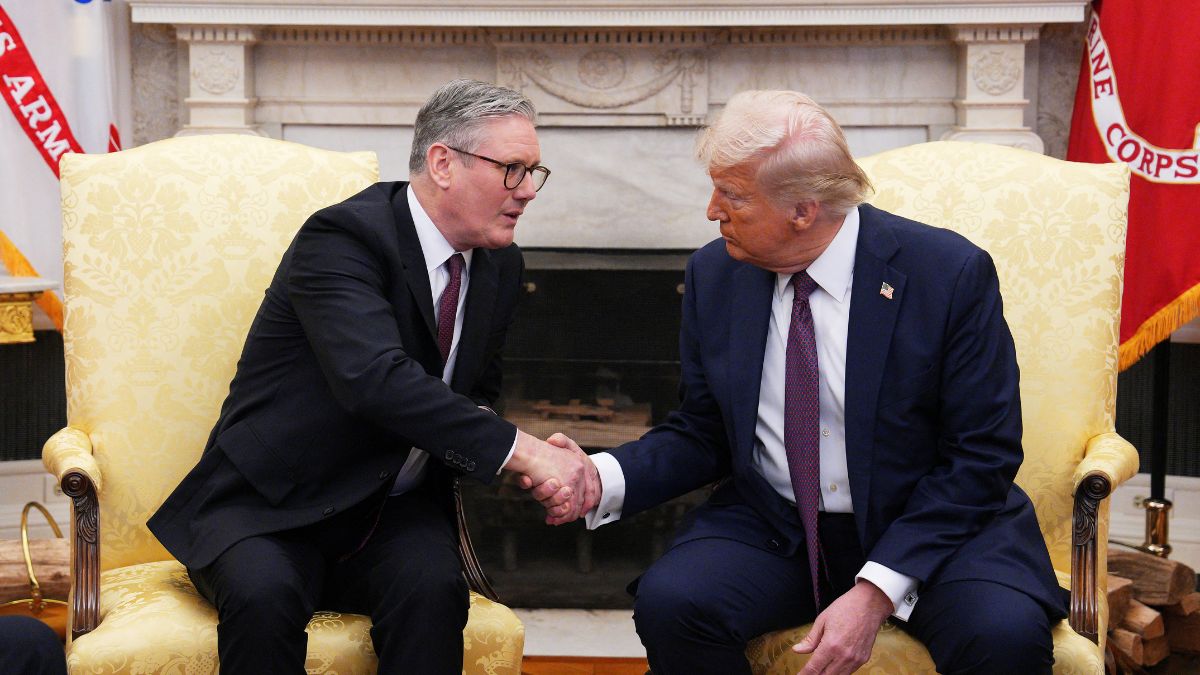In the early hours of May 7, 2025, the Indian Armed Forces executed a carefully calibrated and multi-pronged military response to the April 22 terror attack in Pahalgam, Jammu and Kashmir.
The counterstrike, codenamed Operation Sindoor, marked one of India’s most expansive precision operations across the Line of Control (LoC) and beyond since the 2019 Balakot airstrikes.
Targeting terror infrastructure linked to Pakistan-based Lashkar-e-Taiba (LeT), the mission was executed with a tri-services approach, led by the Indian Air Force (IAF) in the aerial domain.
Notably, India’s most advanced fighter jets — Rafale, Sukhoi Su-30 MKI and Mirage 2000 — were deployed in coordinated roles to ensure both offensive effectiveness and airspace security.
The long-range capabilities of the munitions enable Indian platforms to strike deep into Pakistan-occupied Kashmir (PoK) and other territories while staying within Indian airspace — a tactic India reportedly adopted during Operation Bandar in 2019.
This careful yet powerful strike was designed to send a strong message while avoiding escalation.
Spearheading the response with Rafale jets
India’s most advanced fighter jet, the Rafale was once again at the forefront of the strike package. Equipped with SCALP cruise missiles, Rafales were used to engage distant high-value targets deep within Pakistan-occupied areas.
The Dassault Rafale is a 4.5-generation multirole fighter aircraft developed by France. Known for its versatility, Rafale can perform air supremacy, interdiction, aerial reconnaissance, ground support and nuclear deterrence missions.
It features advanced avionics, Active Electronically Scanned Array (AESA) radar, Spectra electronic warfare suite, and stealth design elements.
The twin-engine aircraft can reach speeds over Mach 1.8 and carry a wide range of weapons, including the SCALP long-range cruise missile, Meteor beyond-visual-range air-to-air missile and HAMMER precision-guided munitions.
India signed a government-to-government deal with France in 2016 to procure 36 Rafale jets for approximately €7.87 billion (then-INR ₹58,891 crore).
The aircraft were inducted into the Indian Air Force (IAF) from 2020 to 2022, forming two squadrons: No. 17 “Golden Arrows” (Ambala) and No. 101 “Falcons” (Hasimara).
In April this year, India signed a $7.4 billion (INR ₹63,000 crore) deal with France to acquire 26 Rafale-M fighter aircrafts, the naval variant for its Indian Navy.
SCALP missiles (Storm Shadow)
The SCALP (Système de Croisière Autonome à Longue Portée), a long-range air-launched cruise missile, is known for its pinpoint accuracy, terrain-following capability and stealthy profile.
It has a range of around 250 km and carries a high-explosive penetrator warhead designed for hardened underground targets — ideal for striking command centers, terror camps or fortified bunkers.
With SCALP, Rafales could launch precision attacks without ever leaving Indian territory, maintaining the rules of engagement and minimising risk to pilots and airframes.
The Rafale’s long-range precision strike and advanced electronic warfare systems make it a cornerstone of India’s air superiority strategy.
Proving precision with Mirage 2000 fighter jets
The Mirage 2000, which played a decisive role in the 2019 Balakot airstrikes, was again deployed in Operation Sindoor.
Known for its versatility and high-altitude performance, the Mirage 2000s were reportedly used to deliver Spice-2000 bombs — an Israeli-developed precision-guided munition system.
The Dassault Mirage 2000 is a French single-engine fourth-generation multirole fighter developed in the late 1970s.
It is designed for both air-to-air and air-to-ground missions and is known for its delta wing design, fly-by-wire control system and excellent high-altitude performance.
The Mirage 2000 can carry various precision-guided munitions, including laser-guided bombs, MICA missiles and Spice-2000 smart bombs.
India became one of the earliest export customers when it signed a deal in 1982 to acquire the Mirage 2000 to counter Pakistan’s acquisition of F-16s.
The first jets were inducted into the IAF in 1985, and India eventually procured around 50 aircraft. The Mirage 2000 fleet is operated by squadrons like No. 1 “Tigers” and No. 7 “Battle Axes”.
Also Watch:
In 2011, India signed a major upgrade contract with Dassault and Thales to modernise the Mirage fleet with new radars, avionics, and weapon systems, extending their operational life.
The Mirage 2000 proved its mettle in the 1999 Kargil War and again during the 2019 Balakot airstrikes, where it delivered Spice-2000 bombs on terrorist camps.
Spice-2000 (Smart, Precise Impact, Cost-Effective) bombs
The Spice-2000 (Smart, Precise Impact, Cost-Effective) bomb is not a traditional bomb but a guidance kit attached to a standard general-purpose warhead.
It allows for pinpoint accuracy using GPS and electro-optical guidance, making it highly effective against fixed targets such as terror camps or infrastructure.
In the 2019 strikes, Spice-2000 was used to target the Jaish-e-Mohammed camp in Balakot.
Guarding the skies with Sukhoi Su-30 MKI jets
While the Mirage 2000 and Rafale jets executed offensive strikes, the IAF’s Su-30 MKI fleet performed a crucial combat air patrol (CAP) and escort role.
These twin-seater, long-range multirole fighters were reportedly deployed to provide defensive coverage, ensuring air superiority and guarding against any potential Pakistani retaliation or aerial countermeasures.
The Su-30 MKI, equipped with advanced radar, electronic warfare systems, and long-range air-to-air missiles such as the Astra and R-77, forms the backbone of India’s aerial defence. The jet is also capable of carrying Spice bombs.
In Operation Sindoor, these jets reportedly flew protective missions, creating a safe air corridor for the strike package and intercepting any possible intrusions.
Additionally, Su-30s may have been used to jam enemy radar and communications, a standard protocol in modern integrated strike operations.
The Sukhoi Su-30 MKI is a twin-engine, multirole air superiority fighter jointly developed by Russia’s Sukhoi and India’s Hindustan Aeronautics Limited (HAL). Customised to Indian specifications, the “MKI” variant incorporates Indian, French, Israeli and Russian technologies.
The aircraft features thrust-vectoring engines, canards, multi-mode radar and in-flight refueling capability, enabling long-range missions with high maneuverability.
India signed a deal in 2000 for license production of the Su-30 MKI, and the aircraft has since become the backbone of the Indian Air Force, with over 270 units in service.
HAL manufactures these fighters domestically under transfer-of-technology agreements. It is the most numerous fighter type in India’s inventory.
The Su-30 MKI can carry a diverse weapons load, including air-to-air missiles (Astra, R-77), air-to-ground weapons, BrahMos supersonic cruise missile and anti-ship missiles. Its radar and electronic warfare systems have been regularly upgraded to meet modern threats.
Their long endurance and powerful radar systems make them ideal for airspace dominance roles.
Why Operation Sindoor was a tactical & strategic success
Initial reports suggest that the mission achieved its objectives with high accuracy and zero collateral damage. Defence sources say several key assets linked to Lashkar-e-Taiba’s logistics and training were “neutralised.” No Indian personnel or assets were lost in the operation.
Given the careful calibration of this operation — both in terms of its military footprint and its diplomatic messaging — Operation Sindoor is being seen as a tactical success with strategic overtones.
It asserts India’s capabilities, keeps escalation under control and reiterates that terrorism emanating from across the border will not go unanswered.
With Rafale’s SCALP missiles, Mirage 2000’s Spice-2000 kits and Su-30s ensuring aerial dominance, Operation Sindoor reflects the cutting-edge of India’s integrated air power strategy.
Also Watch:
With inputs from agencies


)
)
)
)
)
)
)
)
)